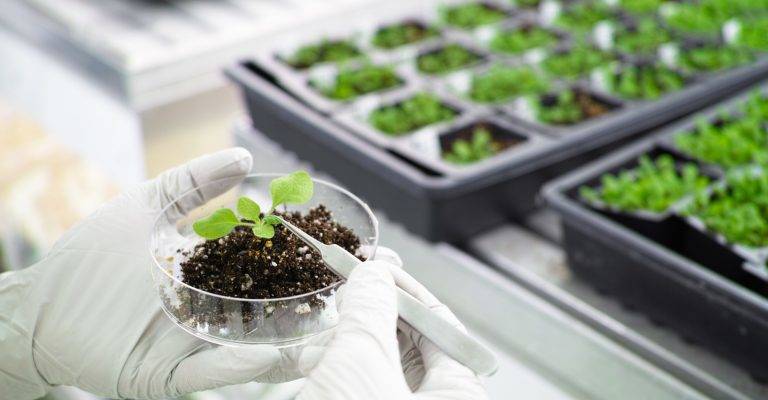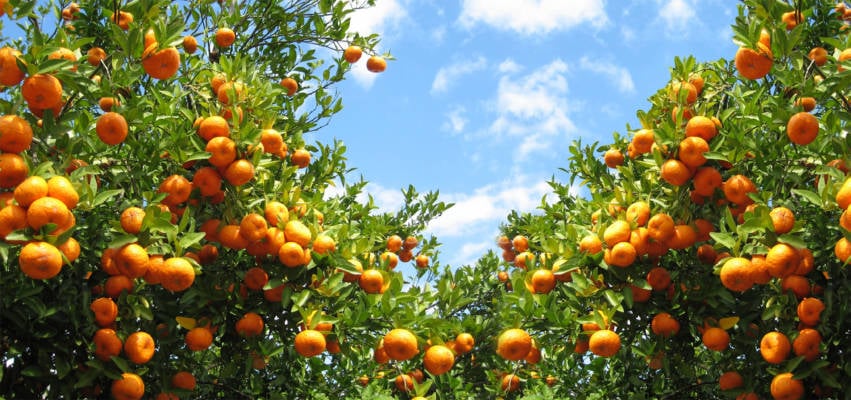
Like eyes’ adjustment to sudden changes in light, plants have sensitive mechanisms to protect their leaves from rapid changes in radiation.
By ISRAEL21c Staff
Plants adjust photosynthesis to rapid light changes using a sophisticated sensing system, similar to the way that the human eye responds to variations in light intensity.
That’s the finding of a new Weizmann Institute of Science study published in iScience.
The study, led by Prof. Avihai Danon of the plant and environmental sciences department and Prof. Uri Alon of the molecular cell biology department, tested a widely accepted view that since the more sunlight a plant absorbs, the more energy it has for growth, photosynthesis would tend to increase proportionally to sunlight intensity.
To their surprise, what they saw was a back-and-forth pattern.
Avichai Tendler from Alon’s lab and Bat Chen Wolf and Vivekanand Tiwari from Danon’s lab exposed Arabidopsis thaliana — model plants from the mustard family — to a series of step-by-step, 10-minute-long increases in light intensity in the low to moderate range, roughly equivalent to outdoor morning light.
Instead of rising steadily when the light grew stronger, the plants’ fluorescence soared for a short while at each step, then dropped back to the initial level. Each time, its peak was smaller than at the previous step.
The researchers say this is because when the light grew stronger, fewer photons arrived at the plant’s photosynthetic reaction center than would have been expected from the increase in light intensity.
Each time the researchers had to double the light’s intensity to produce the same fluorescence peak as at the previous step – a pattern typical of sensory mechanisms in bacteria, animals and humans.
These findings suggest that under low-light conditions, the control mechanisms of photosynthesis resemble those of human vision.
When the pupils adjust to the brightness of light, these adjustments not only protect the retina but ensure we remain sensitive to our surroundings despite changing light conditions. When the pupils are narrow, we distinguish only high contrasts in lighting. In low-light conditions, for example at dusk, the pupils widen, letting in more light, thus enabling us to identify objects that differ only slightly in their reflected light.
“Plants handle photosynthesis in a cautious manner that sacrifices efficiency in the short term for the sake of long-term stability,” Danon said.
“In a way, the photosynthesis machinery ‘senses’ the environment, making rapid adjustments to the amount of ‘harvested’ light before the situation runs out of hand, rather than escalating its activity in an uncontrolled manner until sustaining damage.”
MAKE THE LAND OF ISRAEL EVEN MORE BEAUTIFUL!
PLANT YOUR VERY OWN FRUIT TREES IN ISRAEL!
Farmers near the Gaza border lost family, friends and workers. Spring is here, and they desperately need help to replant the farms. Join us in blessing the People and Land of Israel.
“I will ordain My blessing for you…” (Leviticus 25:4)



